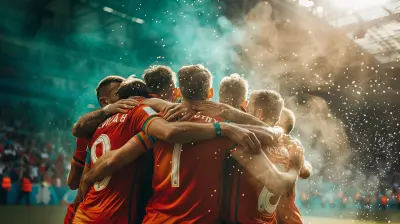The Impact of Football Transfers on Team Dynamics
30 July 2025
Let’s talk about one of the most electrifying parts of football that gets everyone buzzing — transfers. Whether it's a world-record signing or a sneaky bargain buy, football transfers get hearts racing and forums firing. But there’s something underneath all that hype that fans often overlook: how do these shiny new additions impact the glue that holds a team together — the team dynamics?
Behind every on-pitch success is a cocktail of chemistry, communication, and cohesion. So, when you throw a brand-new player into the mix, things can get interesting (and sometimes messy). Transfers can make or break a season, not just with goals and assists, but with their ripple effect on team spirit, locker room relationships, and tactical balance.
Let’s pull back the curtain on how transfers really influence the inner workings of a football squad.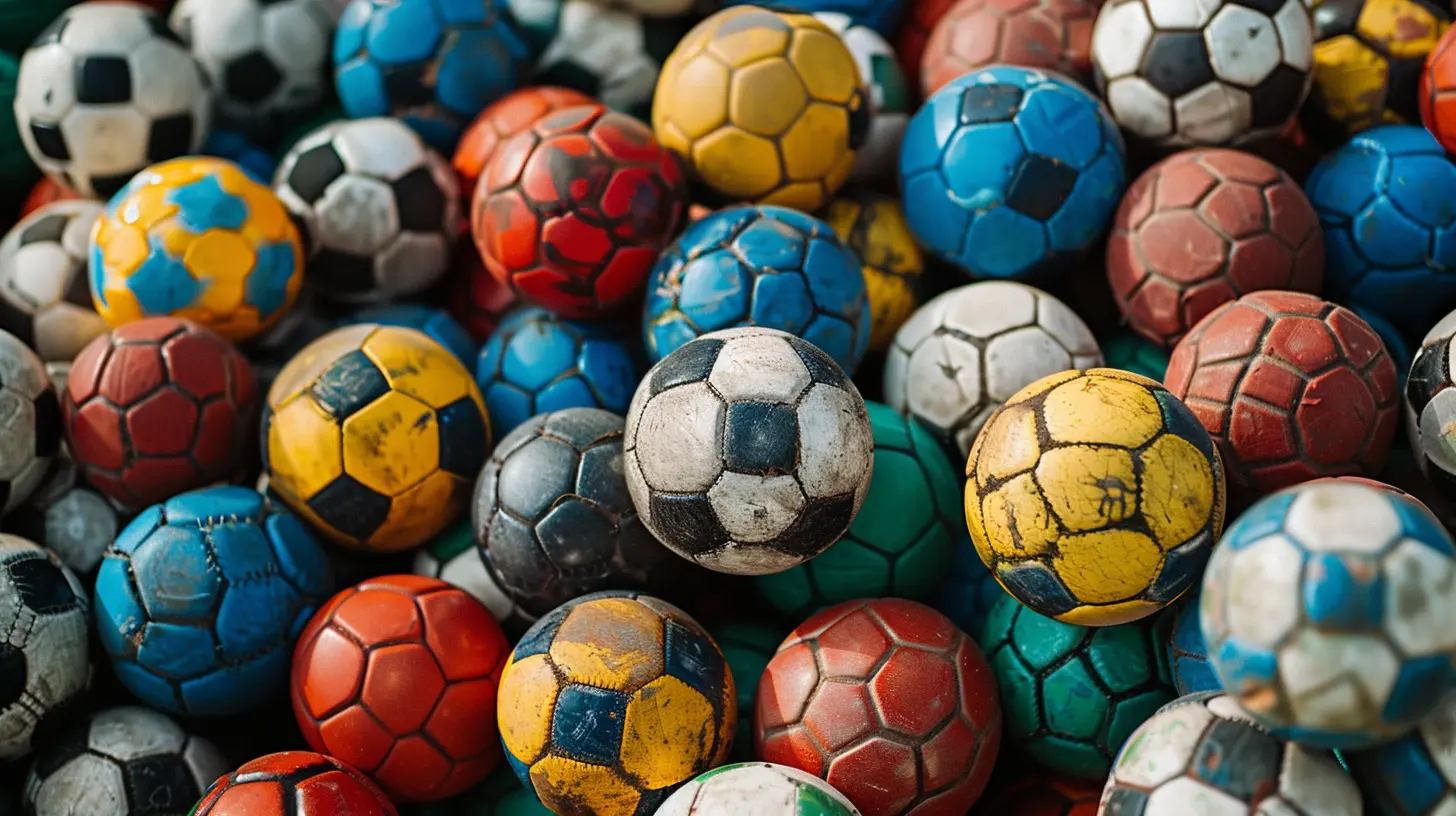
Transfers: More Than Just Numbers on a Check
Transfers aren’t just about stats or price tags. Sure, a striker banging in 30 goals sounds dreamy. But what happens when that striker doesn’t click with his new teammates? What if he disrupts the locker room vibe that took years to build?Football transfers are a bit like adding a new ingredient to your favorite recipe. Add the right spice — boom, perfection. Add the wrong one — and you’ve just ruined dinner. That’s how delicate the balance is.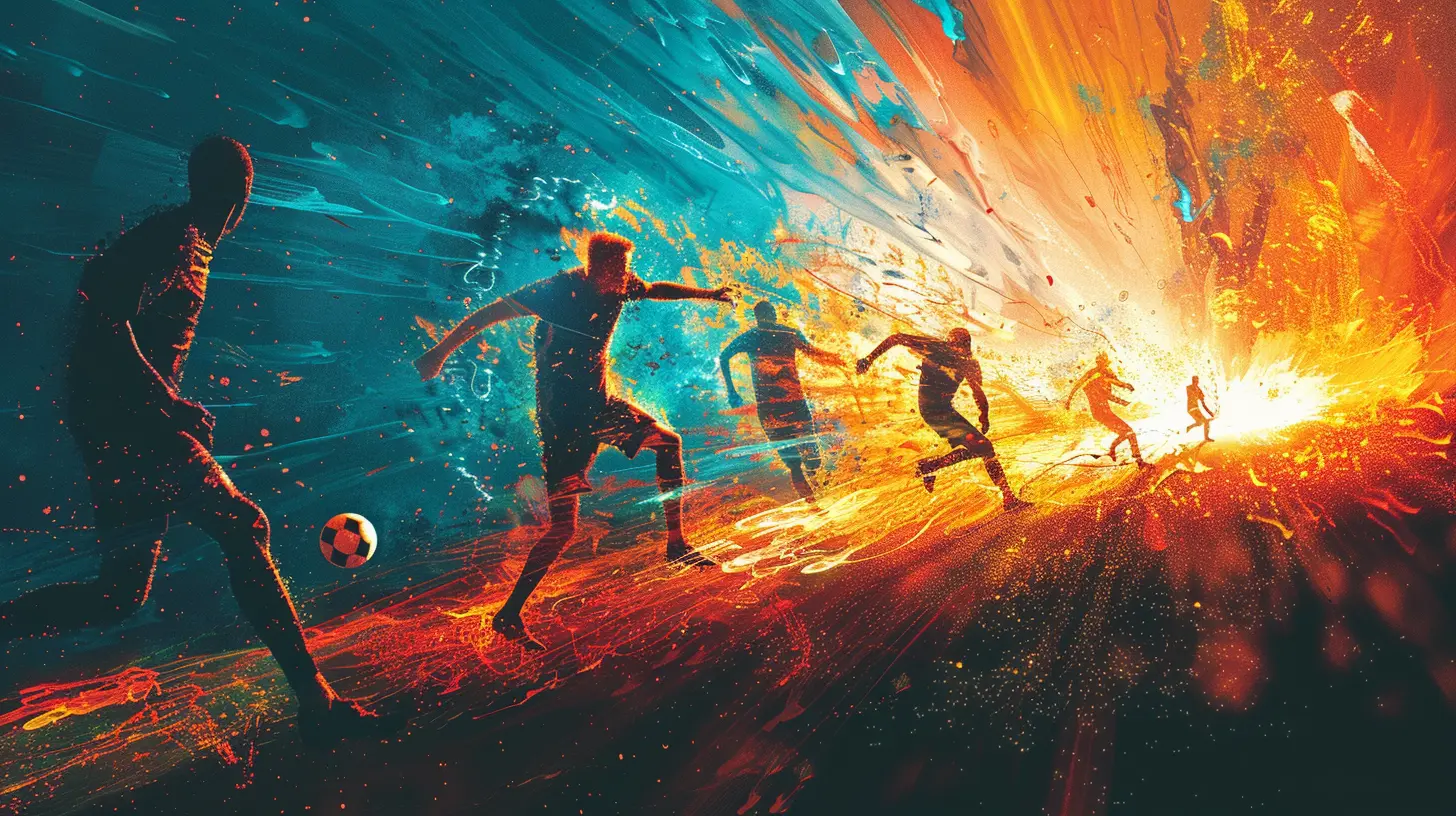
The Psychological Shifts in the Locker Room
Let’s be real for a second: footballers are humans first. And just like any workplace, emotions play a huge role.1. Threat to Established Players
When a new player signs — especially in a key position — current players can feel threatened. Imagine training all year thinking you’re the top dog, then suddenly a €70 million player shows up and everyone's attention shifts. That can lead to anxiety, reduced confidence, or even locker room tension.2. Status Shake-Ups
New signings with superstar status can unintentionally create a hierarchy disruption. Teammates might defer to them, coaches may alter tactics to suit them, and suddenly the team’s social structure starts shifting. Think of it like adding a celebrity to your friend group — dynamics shift, alliances form, and someone usually gets jealous.3. Pressure on the Newcomer
Let’s not forget what the new player is going through. They’re expected to impress instantly, adapt quickly, and justify their price tag. That’s a lot of weight on one set of shoulders. If they stumble out of the gate, fans and media can turn fast, which ripples into the team’s morale.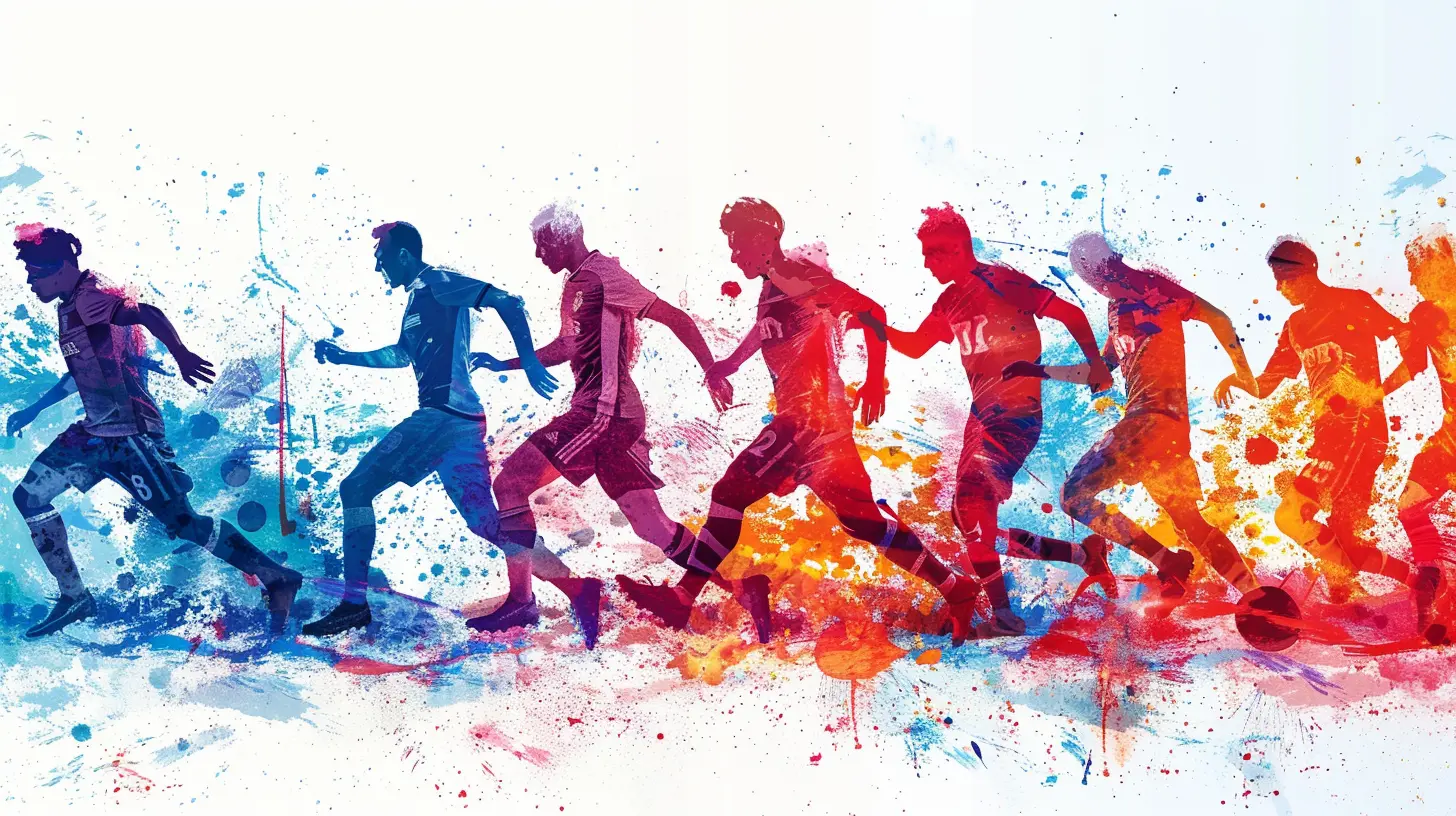
Tactical Chemistry: When Styles Don't Mix
You’ve heard the term “on paper, they look unbeatable,” right? But football isn’t played on paper — it’s played on muddy pitches, under pouring rain, and with 11 minds trying to sync in real-time.1. System Compatibility
Not every player fits every system. A winger used to playing in a counter-attacking side might struggle in a possession-heavy team. When a coach shoehorns a player into a system they’re not accustomed to, it can throw off the whole team's balance.2. Disruption of Existing Partnerships
You know those magical duos like Xavi and Iniesta or Son and Kane? They took time to build. Replace one half of that duo, and the connection could be lost. Transfers can mess with these pre-existing synergies, sometimes unintentionally breaking something that wasn’t broken.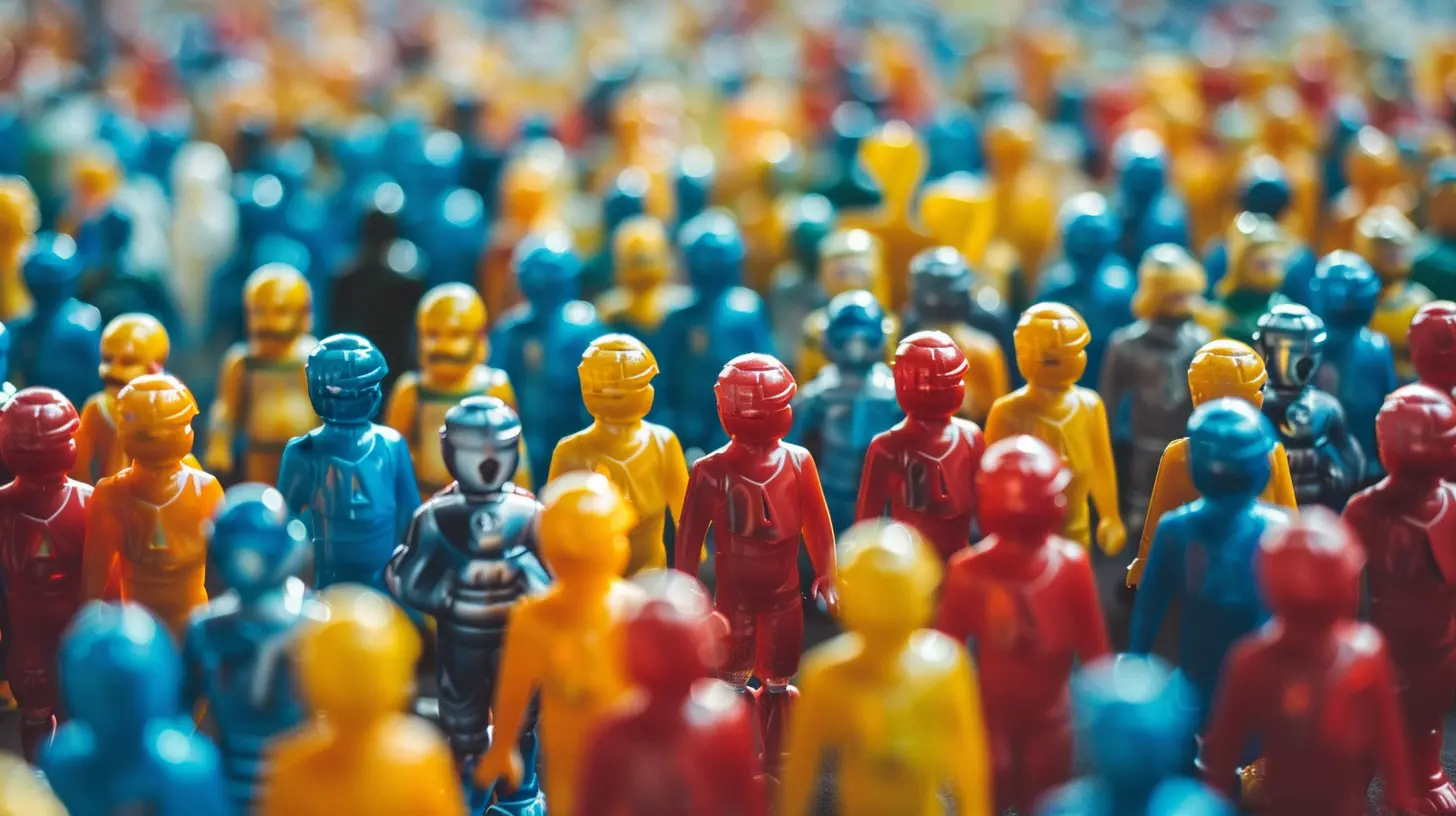
The Manager’s Challenge: Balancing Old and New
Managers have one of the trickiest jobs in modern football — being both a tactician and a mediator.1. Navigating Egos and Expectations
Managing a mix of personalities is no picnic. A new signee might expect to start every game, while an existing player might feel betrayed. Balancing playing time, managing egos, and keeping everyone bought into the vision is a daily tightrope act.2. Rebuilding Cohesion
A cohesive team moves like a jazz band — everyone knows their role, and they flow effortlessly. Transfers can interrupt that rhythm. It’s up to the manager to re-establish harmony, often mid-season under the glare of results-driven pressure.Case Studies: Transfers That Changed the Game (For Better or Worse)
Let’s walk through some real-world cases that show just how much transfers can shake up team dynamics — sometimes in ways no one saw coming.✅ Positive Impact: Virgil van Dijk to Liverpool
When Liverpool splashed the cash on Van Dijk in 2018, eyebrows were raised. But what happened next was transformative. Van Dijk didn’t just defend — he organized, led, and anchored the backline. His presence lifted those around him, and suddenly Liverpool looked like title contenders. That’s what a perfect fit does — it enhances everyone’s game.❌ Negative Impact: Alexis Sánchez to Manchester United
On the flip side, Sánchez’s move to Old Trafford was hyped beyond belief. But the chemistry just wasn’t there. He never found his groove, and his arrival reportedly disrupted team harmony. Wage disparities also created internal murmurs. Sometimes, even world-class talent can feel like a foreign object in the system.Youth Development vs. Star Signings
Here’s a classic debate: should clubs focus on developing youth or signing proven stars? Transfers can unintentionally block a talented youth player's path to the first team. That can devalue your academy, demotivate young players, and make long-term planning harder.At the same time, young players might benefit from learning alongside experienced stars. It’s all about balance. Get it right, and you’ve got a sustainable model like Ajax. Get it wrong, and you’re spending millions without building a legacy.
The Role of the Club Culture
Let’s not underestimate the power of club culture. Some clubs are like well-oiled machines — Bayern Munich, for instance, recruits players who blend into an established philosophy. Others, like Chelsea in certain eras, were known for constant overhaul. Without a strong identity, new signings can feel lost, and disharmony brews.1. Welcoming Environment Matters
How a club integrates new players can be the make-or-break factor. Language support, cultural adaptation, even who they room with during away games — it all plays into how quickly a player feels at home.2. Leadership Group’s Influence
Clubs with strong leaders in the locker room (think Jordan Henderson at Liverpool or Sergio Ramos at Real Madrid) tend to integrate new players faster and smoother. Leadership serves as the emotional compass, guiding the team through changes.The Transfer Window: A Double-Edged Sword
Every January and summer, clubs start wheeling and dealing — and fans start dreaming. But this time of year can destabilize things too.1. Player Uncertainty
Players unsure of their future can mentally check out. Ever seen a player rumored to leave who suddenly looks off-form? That’s the psychological toll of uncertainty.2. Short-Term vs. Long-Term Thinking
Desperation buys — often seen in January — can plug a short-term hole but damage long-term planning. It’s like duct-taping a leaky pipe instead of fixing the plumbing.Tips for Smoother Integration of Transfers
So how can clubs make transfers work for, not against, team dynamics?- Do Your Homework: Not just on ability, but on attitude, work ethic, and compatibility.
- Early Integration: Involve the new player in team activities ASAP.
- Clear Communication: Let current players know where they stand.
- Assign Mentors: Buddy systems help break the ice, especially across language barriers.
- Patience Is Key: Give time for chemistry to develop — it doesn’t happen overnight.
Final Whistle Thoughts
Football transfers are like gambles — they can pay off handsomely or leave you empty-pocketed. But beyond the headlines, it’s the subtle shifts inside the dressing room, the bonds formed on and off the pitch, and the tactical balance that ultimately decide a team’s fate.So next time you hear about a flashy signing, look past the highlight reels. Ask yourself: how will this player fit into the soul of the team? Because in football, it’s not just the eleven best players that win — it’s the best team.
all images in this post were generated using AI tools
Category:
FootballAuthor:

Fernando Franklin
Discussion
rate this article
1 comments
Garrett McQuillen
Exciting insights! Transfers truly reshape team chemistry!
August 8, 2025 at 4:14 AM

Fernando Franklin
Thank you! Transfers can indeed have a profound effect on how teams gel and perform together.
